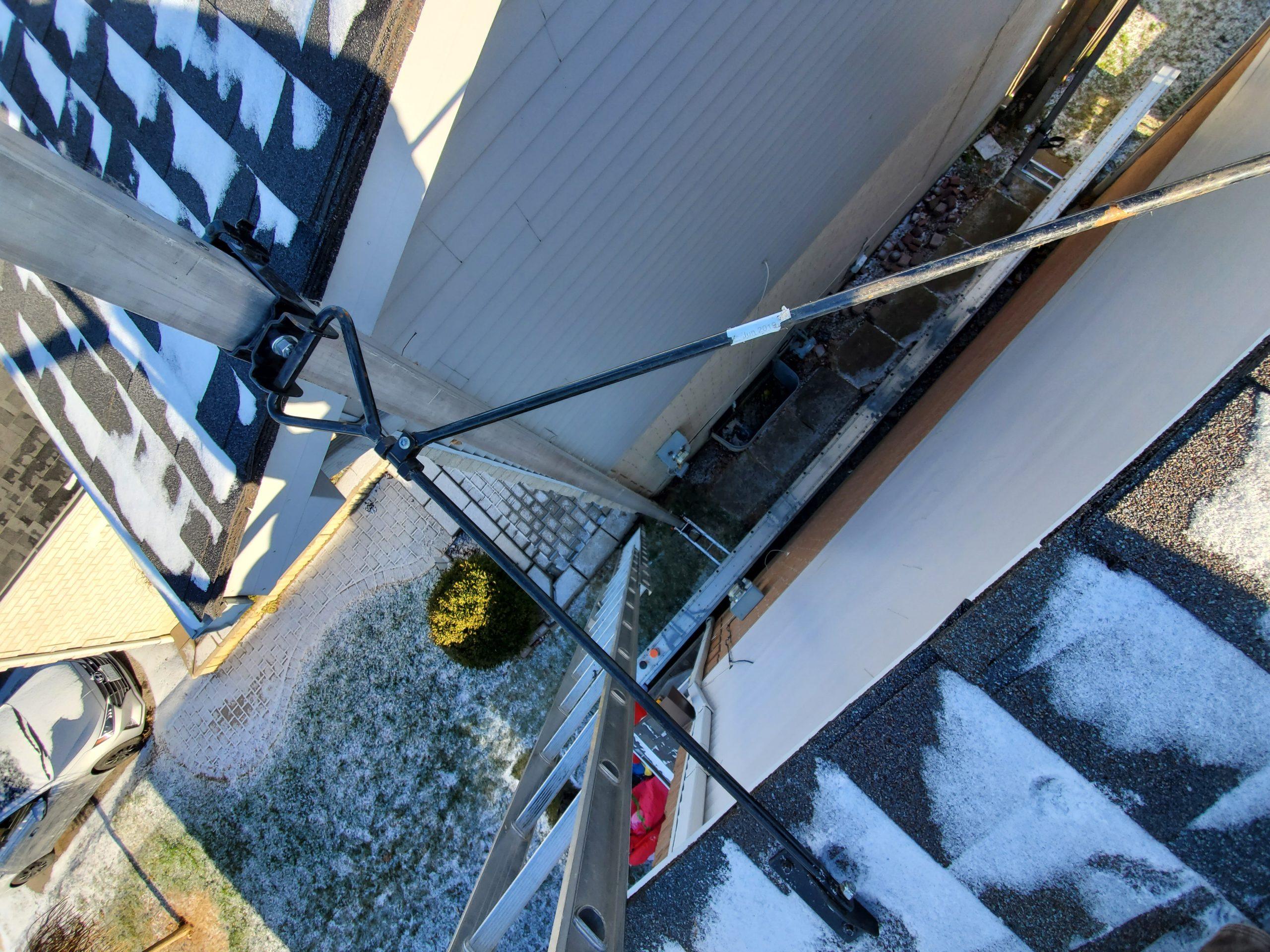Choosing the best siding for harsh Canadian winters involves selecting materials that can withstand extreme cold, heavy snow, ice, and strong winds while maintaining energy efficiency and durability. Here are some of the best siding options for such climates:
1. Fiber Cement Siding
- Pros: Extremely durable, resistant to moisture, fire, and pests. It withstands temperature fluctuations well without warping or cracking.
- Cons: Requires professional installation and regular painting to maintain appearance.
- Why it works: Handles freeze-thaw cycles and resists damage from ice and snow.
2. Engineered Wood Siding
- Pros: Offers the aesthetic of natural wood with better resistance to moisture and rot. It’s lighter and easier to install than fiber cement.
- Cons: More expensive than vinyl; requires occasional maintenance to prevent damage.
- Why it works: Treated with resins to resist freezing and cracking, making it ideal for cold climates.
3. Vinyl Siding (Insulated)
- Pros: Budget-friendly, low maintenance, and resistant to moisture. Insulated versions offer better energy efficiency and impact resistance.
- Cons: Can become brittle in extreme cold and may crack if impacted.
- Why it works: Insulated vinyl provides an additional thermal barrier, reducing heat loss during winter.
4. Metal Siding (Steel or Aluminum)
- Pros: Highly durable, fire-resistant, and impervious to pests and moisture. Modern options have coatings to prevent rust and corrosion.
- Cons: Prone to dents from hail or debris and can be noisy in strong winds.
- Why it works: Withstands snow loads and freezing temperatures without warping or cracking.
5. Wood Siding (Cedar or Redwood)
- Pros: Naturally insulating and aesthetically pleasing. Cedar and redwood have natural oils that resist decay.
- Cons: Requires regular staining or painting to prevent moisture damage.
- Why it works: When properly maintained, wood siding can last decades even in harsh climates.
6. Brick or Stone Veneer Siding
- Pros: Extremely durable, weather-resistant, and low maintenance.
- Cons: Higher upfront cost and requires professional installation.
- Why it works: Provides excellent insulation and stands up to the elements, including freezing and thawing cycles.
7. Composite Siding
- Pros: Made from a blend of wood fibers, resin, and other materials, it resists moisture, rot, and pests. It’s low maintenance and long-lasting.
- Cons: More expensive than vinyl or fiber cement.
- Why it works: Designed to withstand extreme weather conditions, making it an excellent choice for cold climates.
Factors to Consider
- Energy Efficiency: Look for siding with insulating properties to reduce heating costs.
- Moisture Resistance: Choose materials that won’t absorb water or develop mold.
- Impact Resistance: For areas prone to hail or flying debris.
- Maintenance: Consider how much time and money you’re willing to invest in upkeep.
For the best results, consult with local contractors familiar with your region’s specific winter challenges to ensure proper installation and long-term performance.
